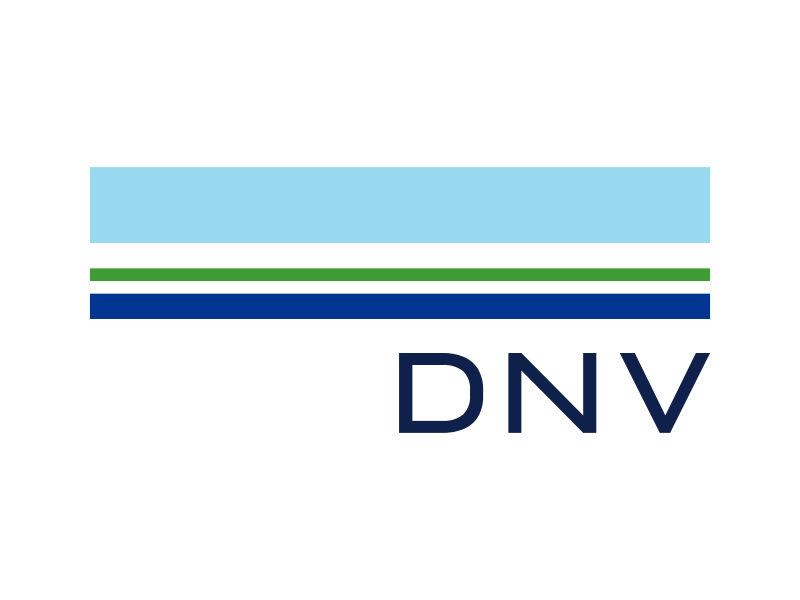


International standards are more than guidelines; they form the backbone of modern construction practices. Among the most influential are DNV standards, which play a pivotal role in shaping how structures are designed, built, and maintained.
International standards provide consistency, ensuring that construction projects meet global benchmarks for safety, performance, and efficiency. They offer a common language for engineers, architects, and contractors, facilitating collaboration across borders.
Key benefits include:
Safety assurance: Reducing risks of structural failures.
Sustainability: Promoting eco-friendly materials and methods.
Global compatibility: Streamlining international collaborations.
Organizations like ISO (International Organization for Standardization) and DNV (Det Norske Veritas) work with industry experts to draft, review, and update standards. Their focus is on addressing emerging challenges, such as climate change, urbanization, and advanced materials.
Some widely adopted standards in construction include:
ISO 9001: For quality management, ensuring consistent project delivery. For example, companies certified with ISO 9001 can streamline processes to meet client expectations in large-scale infrastructure projects, ensuring timely and high-quality outcomes.
DNV standards: Emphasizing structural integrity and compliance across various sectors. For example, DNVGL-RP-C203 (Fatigue Design of Marine Steel Structures) is widely used to calculate fatigue life and ensure compliance with operational safety requirements, critical for the long-term performance of offshore platforms and vessels.
Eurocodes: Governing structural design and ensuring compatibility across European countries. For instance, Eurocode 3 provides detailed guidelines for the design of steel structures, such as bridges, ensuring they meet stringent load-bearing and durability criteria.

DNV standards are a comprehensive set of guidelines developed by Det Norske Veritas. These standards emphasize structural integrity, safety, and sustainability. They are particularly influential in marine, offshore, and heavy construction projects, setting the benchmark for engineering excellence.
Safety-Centric: DNV standards prioritize risk mitigation by ensuring robust designs that withstand environmental and operational challenges.
Comprehensive Coverage: They encompass materials, design methodologies, fabrication, and operational guidelines.
Adaptability: These standards are versatile, with applications spanning from renewable energy projects to large-scale infrastructure.
Offshore Platforms: DNV standards ensure the structural stability of oil and gas platforms in harsh marine environments.
Wind Turbines: By adhering to these standards, wind turbines can withstand variable climatic conditions, maximizing their lifespan.
Bridges and Infrastructure: Ensuring resilience under dynamic loads, DNV standards play a critical role in bridge safety.
Fatigue analysis is a cornerstone of structural engineering, and DNV standards are instrumental in guiding engineers through this process. They provide detailed methodologies to assess and predict fatigue damage, ensuring that structures remain safe and operational over their intended lifespan.
The standard emphasizes fatigue calculations based on S-N curves, which relate stress ranges to the number of cycles a material can endure before failure. These curves are categorized by material type and detail classification, accounting for factors like weld quality and environmental conditions.

Adherence to standards minimizes risks associated with design flaws and construction errors. For instance, incorporating DNV’s detailed guidelines for fatigue analysis reduces the likelihood of catastrophic failures.
Standardization simplifies project workflows by providing clear guidelines. This reduces ambiguities and accelerates decision-making. The Journal of Construction Engineering and Management highlights that construction projects adhering to international standards and best practices achieve better performance metrics, including cost savings and time efficiency.
In an era of globalization, construction projects often involve teams from multiple countries. Standards like those from ISO and DNV ensure that everyone operates with a common understanding, facilitating seamless collaboration. This harmonization is particularly beneficial in large-scale infrastructure projects spanning continents.
International standards integrate sustainability into construction practices. For example, DNV standards encourage:
Eco-Friendly Material Selection: Utilizing recyclable and low-carbon materials. For example, DNV signed a Memorandum of Understanding (MoU) with POSCO to certify their "Greenable" brand of low-carbon, eco-friendly steel.
Energy-Efficient Designs: Incorporating renewable energy sources and optimizing energy use. DNV GL has published reports and guidelines on incorporating renewable energy sources and optimizing energy use.
While initial compliance with standards can seem costly, the long-term benefits far outweigh these expenses. Standard-compliant structures tend to have longer lifespans, reduced maintenance costs, and lower operational risks. MoldStud Research highlights that organizations adhering to rigorous procedural standards experience a 30% reduction in downtime, which underscores the value of meticulous lifecycle management.
While international standards provide a universal framework, local regulations may sometimes conflict with these guidelines. Engineers and project managers must navigate these discrepancies to ensure both global and regional compliance.
The implementation of standards often requires investment in specialized training, materials, and tools. For smaller firms, this can pose a financial challenge. However, these upfront costs are mitigated by long-term savings and improved project outcomes.
Properly interpreting and applying standards demands expertise. This creates a need for continuous training and education, which some firms may find difficult to sustain.
For companies new to global projects, integrating international standards with existing practices can be daunting. Tools like SDC Verifier can simplify this integration by embedding standards into project workflows.
International standards are indispensable in modern construction, providing a framework for safety, quality, and sustainability. Among these, DNV standards stand out for their comprehensive approach to structural integrity and compliance. By adhering to these standards, professionals ensure that projects meet the highest benchmarks, reducing risks and promoting long-term success.
The construction industry’s commitment to these standards not only ensures better project outcomes but also fosters innovation and global collaboration.